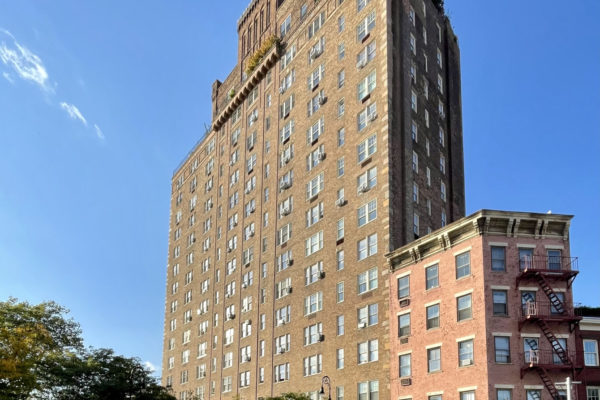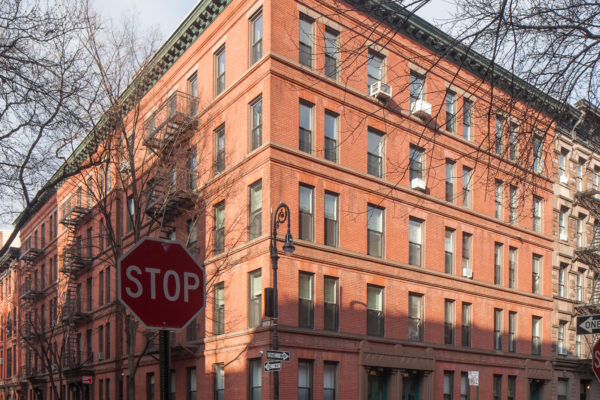
Lesbian Progressive Reformers
overview
The Progressive Era, which spanned the 1880s to the 1920s, was a time of massive nationwide political and social change in the United States, in response to rapid industrialization and urbanization, both as a result of and an impetus to massive immigration, mainly from Eastern and Southern Europe.
Progressive reform attracted many newly educated middle-class white women, but also was the focus of both wealthy women and working-class women, especially in fields such as education, labor reform, and social work where women could make a difference.
Several leading women reformers had romantic and often lifelong relationships with other women in the movement. This curated collection connects to their legacy in New York City through their residences and influential institutions they founded.
Historic Sites in Lesbian Progressive Reformers
In 1893, public health nurse and progressive reformer Lillian Wald co-founded the Henry Street Settlement to provide no-cost medical services to poor immigrants living in cramped tenements on the Lower... Learn More
The disastrous Triangle Waist Company fire of 1911 had a profound influence on labor reform in New York City and was an event that galvanized the women involved with the... Learn More
Rose Schneiderman, who lived in this Bronx building from 1925 to 1937, was a working-class immigrant who became one of the most significant labor reformers of the early 20th century.... Learn More
Pauline Newman and Frieda Miller, partners of over 50 years who lived in this building in the 1920s, were major players in the world of labor reform and union organizing... Learn More
In 1920, 43 Fifth Avenue was home to Mary Dreier and Frances Kellor, two leading Progressive reformers whose lives were dedicated to labor reform, suffrage, and assisting immigrants and African... Learn More
In 1928, this largely intact Italianate style brick rowhouse was purchased by Caroline Pratt, an education reformer and founder of the nearby City and Country School. She lived here with... Learn More
Caroline Pratt was one of many women in same-sex relationships who made important contributions to the Progressive Era reform movement — in her case, to the field of education —... Learn More
This building was one of many apartment houses in Greenwich Village that attracted same-sex couples. After its completion in 1923, this was home to a number of women in the... Learn More
Often considered the city’s first progressive school, the Little Red School House in Greenwich Village was founded by lesbian reform educator Elisabeth Irwin. She lived nearby at 23 Bank Street... Learn More
Leading social reformers Anna Rochester and Grace Hutchins lived in an apartment in this building from 1924 until their deaths in 1966 and 1969, respectively. Founders of the Labor Research... Learn More
Many New York City public schools are named in honor of prominent figures in American and world history. Elisabeth Irwin High School, part of Little Red School House, in Manhattan,... Learn More
Labor reform advocate Frances Perkins was a trusted adviser to Franklin D. Roosevelt, serving as Roosevelt’s Secretary of Labor throughout his gubernatorial and presidential administrations. The first woman to serve... Learn More
Beginning in the 1890s, this Brooklyn Heights rowhouse was the home of long-term partners L. Adele Cuinet, a pioneering female dentist, and Helen S. Lassen, a medical doctor. Both Cuinet... Learn More
Many New York City public parks and playgrounds are named in honor of prominent figures in New York City and American history. In addition, there are memorials that honor LGBT... Learn More













